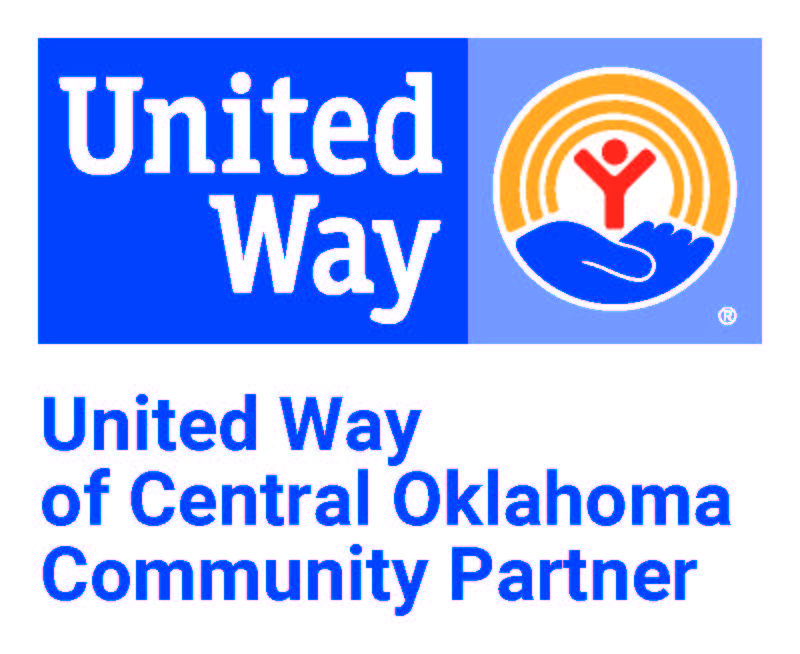In systems theory, emotional triangles are a relationship dynamic between three persons or two persons and an issue, to stabilize the relationship. In his book Generation to Generation, Edwin Friedman describes an emotional triangle this way:
The basic law of emotional triangles is that when any two parts of a system become uncomfortable with one another, they will “triangle in” or focus upon a third person, or issue, as a way of stabilizing their own relationship with one another.
In Predator there is an iconic scene towards the end of the movie when one of the soldiers becomes the third person in the conflict between the Predator and Dutch’s men. Dutch, Billy, Poncho, and Anna are running to the rendezvous point to escape this mysterious alien creature hunting them. Hearing the cries of their fallen comrade, Billy decides to make a last stand. Billy chooses to become the focus of the Predator to stabilize the relationship between himself and his friends as they are rightfully uncomfortable with being hunted by this creature. The triangle looks this way: Predator—Dutch/Anna/Poncho—Billy.
An emotional triangle is neither bad nor good. It just is. As Israel Galindo puts it, they are a product of emotional process, typically anxiety. However, triangles are not neutral, Galindo continues. So, it is helpful then to think of a triangle in this way: is it helping you, your organization, your family, etc. function healthier or is it hindering healthy functioning?
A few weeks back we received an email from one of our 13-year old’s teachers. She was informing us that he had an incomplete because he had failed to complete his homework assignments. The reason this is a healthy triangle is because our role as parents, her role as a teacher, is to help our child stay on task and be responsible to meet the expectations set by the teacher and the school. Our job, at this stage in our child’s life, is to be the third party in the relationship between him and his teachers. It’s inappropriate at his age to cut-off and get out of the triangle. We are brought into an existing triangle, and in turn create two new triangles, with the purpose of helping our son honor his commitment.
To help our son, we do two things: we become the non-anxious presence in the triangle, and we get to the chopper.
By getting to the chopper, we get out of the jungle and above the issue at hand and see the multiple triangles existing in my son’s life that may be negatively influencing him, positively influencing him, or what behaviors and habits we need to help establish at home to help him be successful. By getting to the chopper, we not only can see better, but we also remove ourselves from the triangle while staying emotionally connected to our son, his teacher, and the conflict at hand. We then can lower the chopper, re-enter the triangle, and help my son function in a healthy way.
Here are three takeaways for a very basic understanding of emotional triangles:
Emotional triangles form out of our anxiety. Become aware of ways you create a triangle when you are anxious. When you become anxious do you bring in a third party to take on your anxiety?
Become aware of the dynamic that is at play behind the triangle. An emotional triangle spawning out of anxiety is different than an organizational triangle that is structured to help an organization function. For example: If I triangle in my mom into issues I have with my dad, I have created an emotional triangle. Which is different than the triangle that is structured in my organization between myself, the CEO, and the Board of Directors to maintain a balance of power.
A triangle is neither bad nor good, it is about your functioning in the triangle. Be mindful of how you function in a triangle. The functioning of those in the triangle will determine the health of the triangle.
You cannot control or change the others in the triangle. You can only control and change your functioning in the triangle.
For more information on Emotional Triangles, I recommend reading Perspectives on Congregational Leadership: Applying Systems Thinking for Effective Leadership by Israel Galindo. While the focus of the book is on leadership, the principles apply to one’s personal development.
Our mission is to put Christian principles into practice through programs that build healthy spirit, mind and body for all.
The YMCA of Greater Oklahoma City is a 501(C)(3) Non-Profit Organization. Donations are tax-exempt.

All YMCA of Greater Oklahoma City locations will be closed on Thursday, July 4 in observance of Independence Day. 24/7 access will continue to be available at locations where the service is offered. Work out with us anytime with YMCA360.